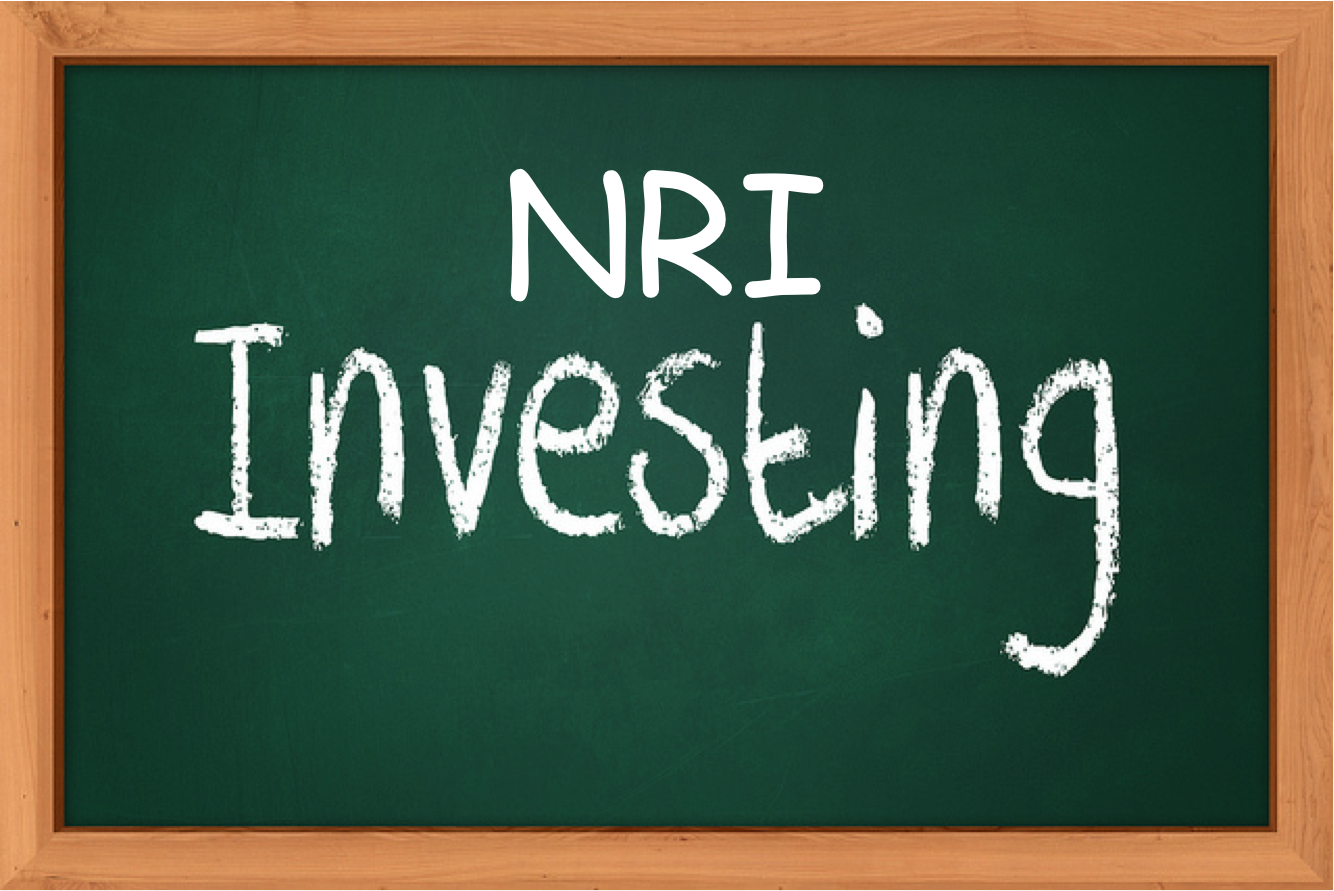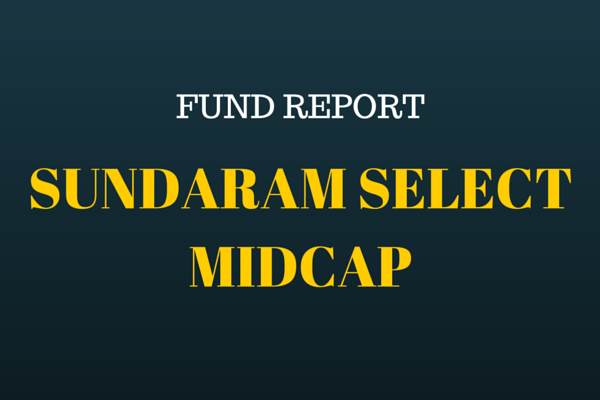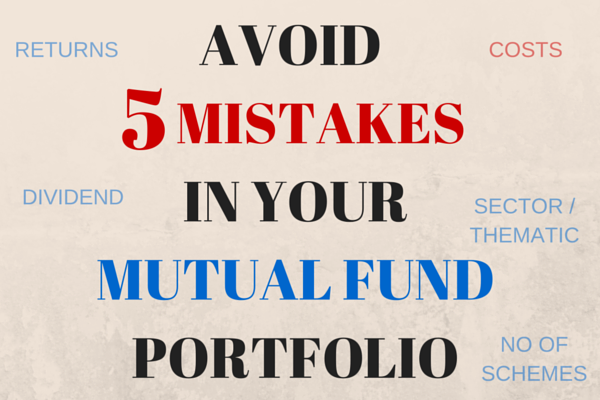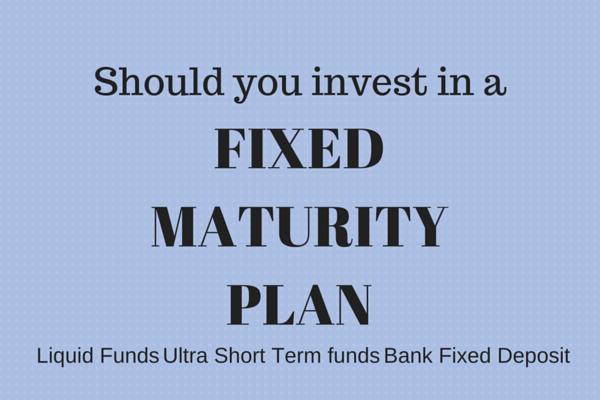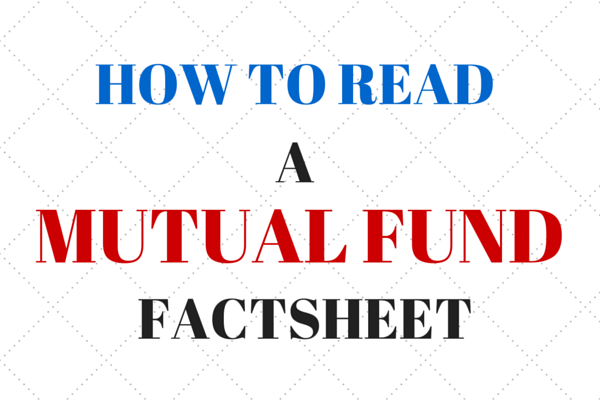(This report on Sundaram Select midcap fund originally appeared on the Unovest Blog.)
What’s the thing about midcaps?
Ask any seasoned investor and he would agree that the potential available with midcaps (as they grow and turn themselves bigger) could be huge. However, midcap stocks can be very volatile.
For those investors who would want the exposure to midcaps but not take the pain of looking at individual stocks, they can invest through midcap funds and make them a part of their long term portfolio.
Midcap funds would mimic the behaviour of midcap stocks as they ultimately invest in them. They can take you on a real topsy-turvy ride. Thus, it is important to select the right fund for your portfolio.
There are several midcap funds out there in the market. It sometimes becomes real difficult to pick one over the other.
Yes, performance is what you would look at but in my view one needs to go real deep – beyond just the performance numbers – and see which fund fits in his/her portfolio and financial goals.
We will make an attempt today with one of the funds.
In this report, we cover one of the oldest funds from the midcap space – Sundaram Select Midcap.
As mentioned, we will attempt to go beyond the performance and understand the fundamental nature of the fund and evaluate how well it has done with respect to its mandate – things that you should look at before making it a part of your portfolio.
Let’s get started.
Read more
